The turbulence of this transforming new car market has already claimed some notable victims. Who would have imagined a world without Mondeos and Fiestas just a handful of years ago?
And true car obsessives will soon have another name to mournfully raise a glass to, because Subaru Legacy production will end this spring.
Okay, its loss won’t garner the same school-run or L-plate anecdotes as those famous Fords, but the Legacy is a car of importance to people like us.
For those of a certain generation, it was a punchy purchase for a modest bunch of credits on Gran Turismo; for others, it’s the machine that Colin McRae drove to his first World Rally Championship win back in 1993.
While its legend may pale beside the Impreza’s, its legacy (yes, yes…) is no less impressive. It’s a heck of a lot cheaper to buy used, too. As Impreza prices rise seemingly by the minute, the most celebrated 22B versions nudging quarter of a million, Legacys continue to sell for peanuts.
The square plates signify the origin of the 1999 GT-B we have here as the Japanese domestic market (JDM), and it represents one of the most potent iterations in the Legacy’s 36-year life, yet it can be easily bought for less than £5000 in decent nick. Well, once you’ve found one for sale…
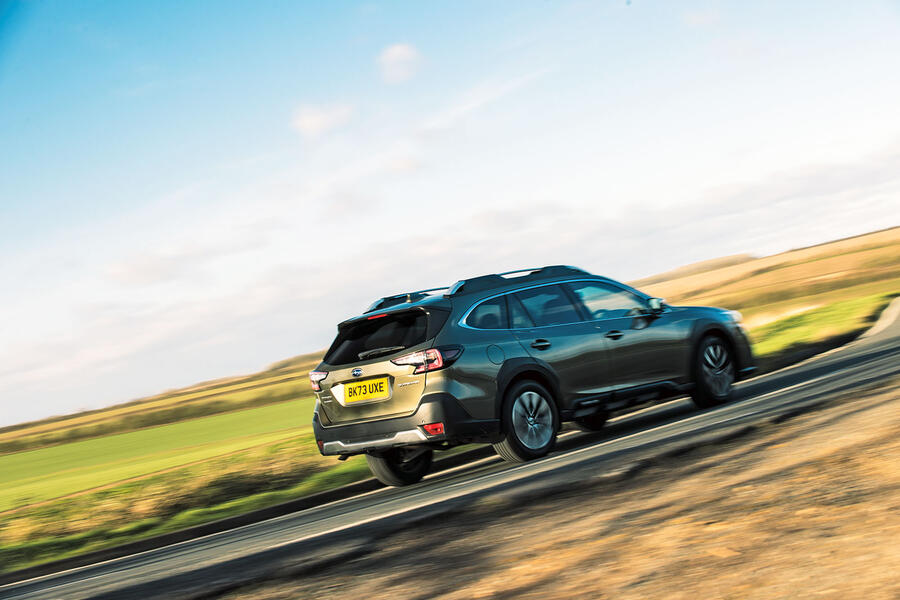
Alongside it is the survivor, the amalgamation of Legacy DNA that you can still buy showroom-fresh in Britain. Indeed, 752 people did just that in 2024, making the Outback Subaru’s best-seller amid successful year-on-year stats.
Launched in 1995 as a raised and cladded variant of the Legacy estate, the Outback soon became a model all of its own – one with a life still ahead of it.

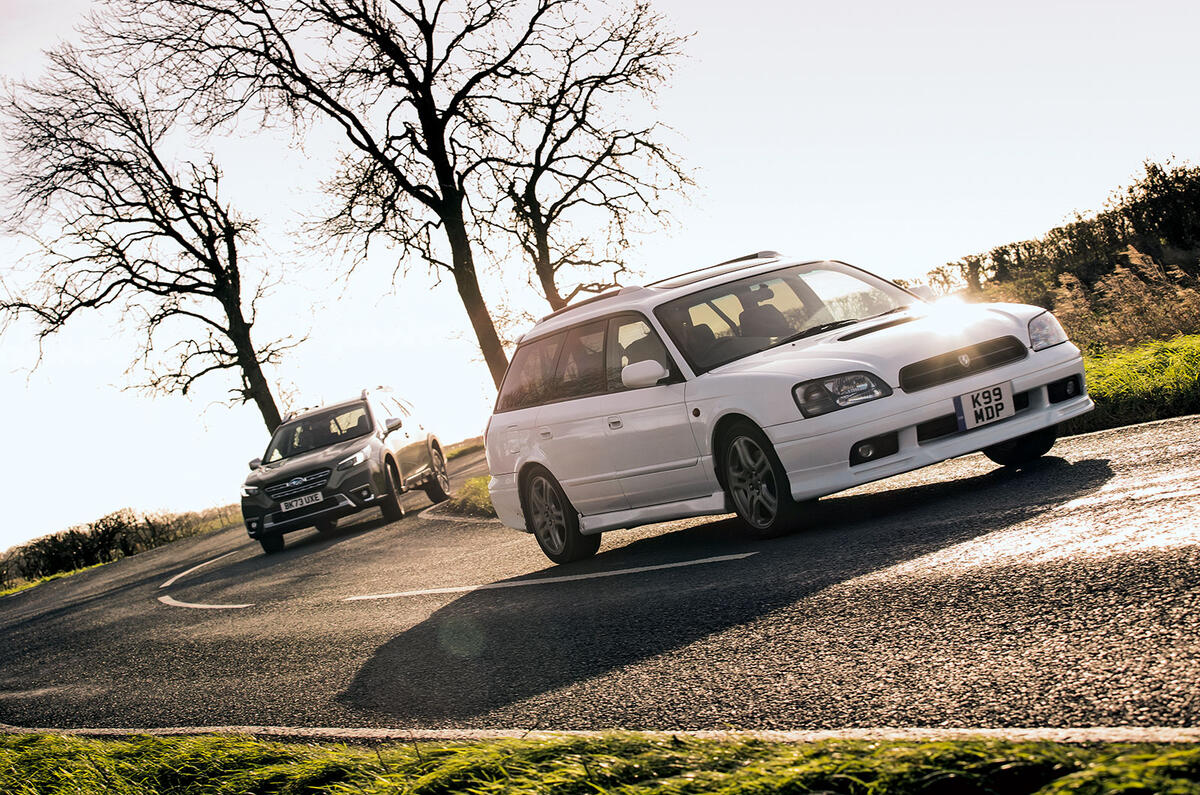
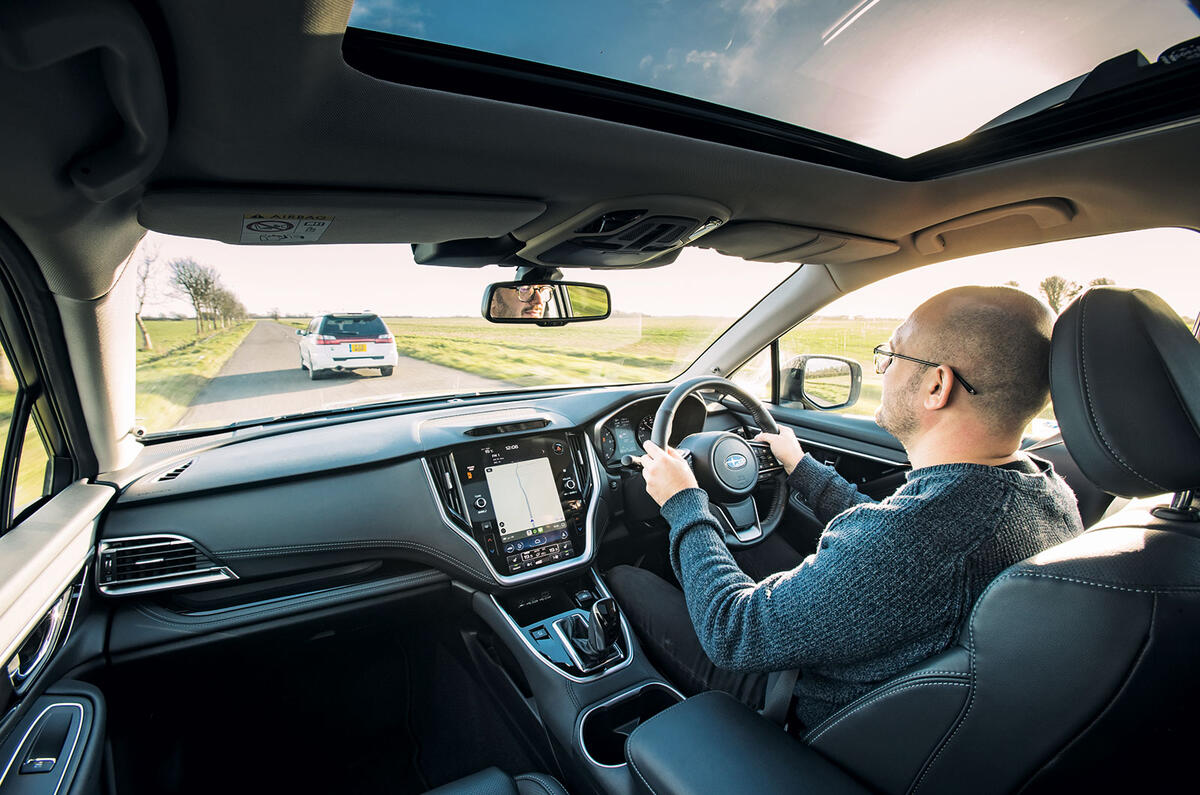

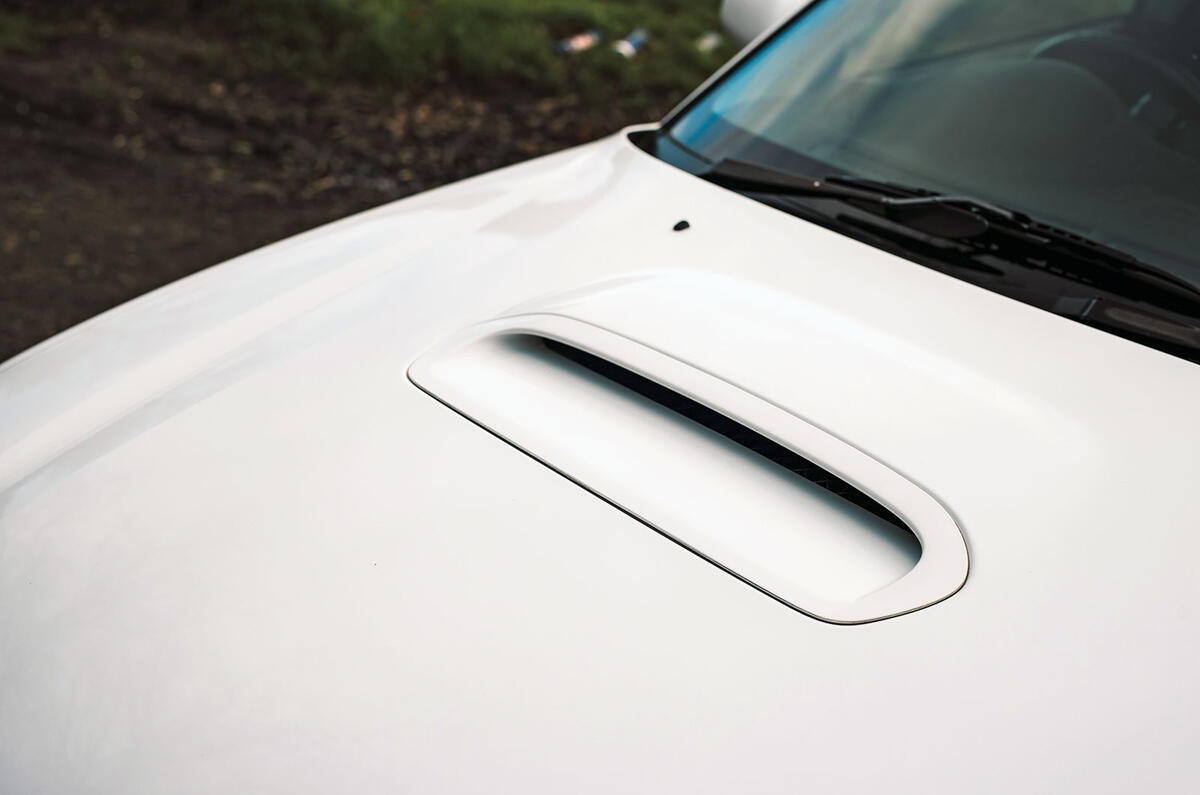

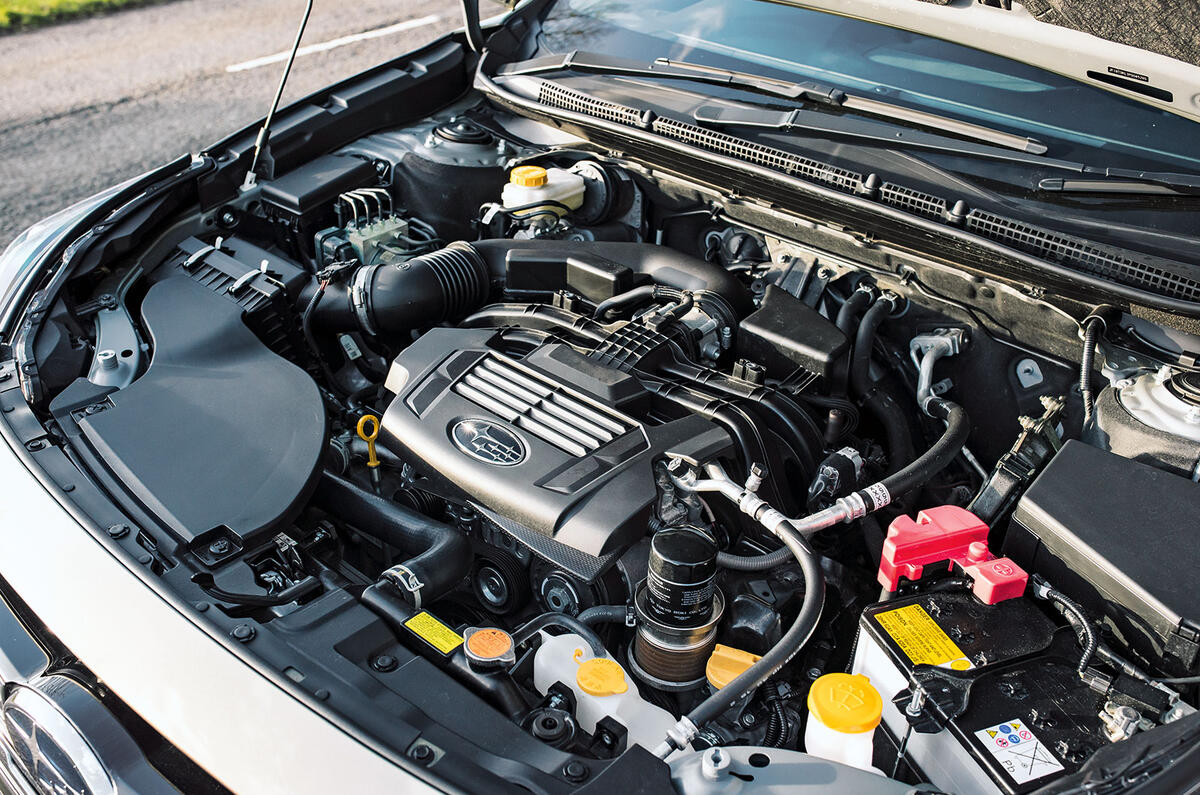
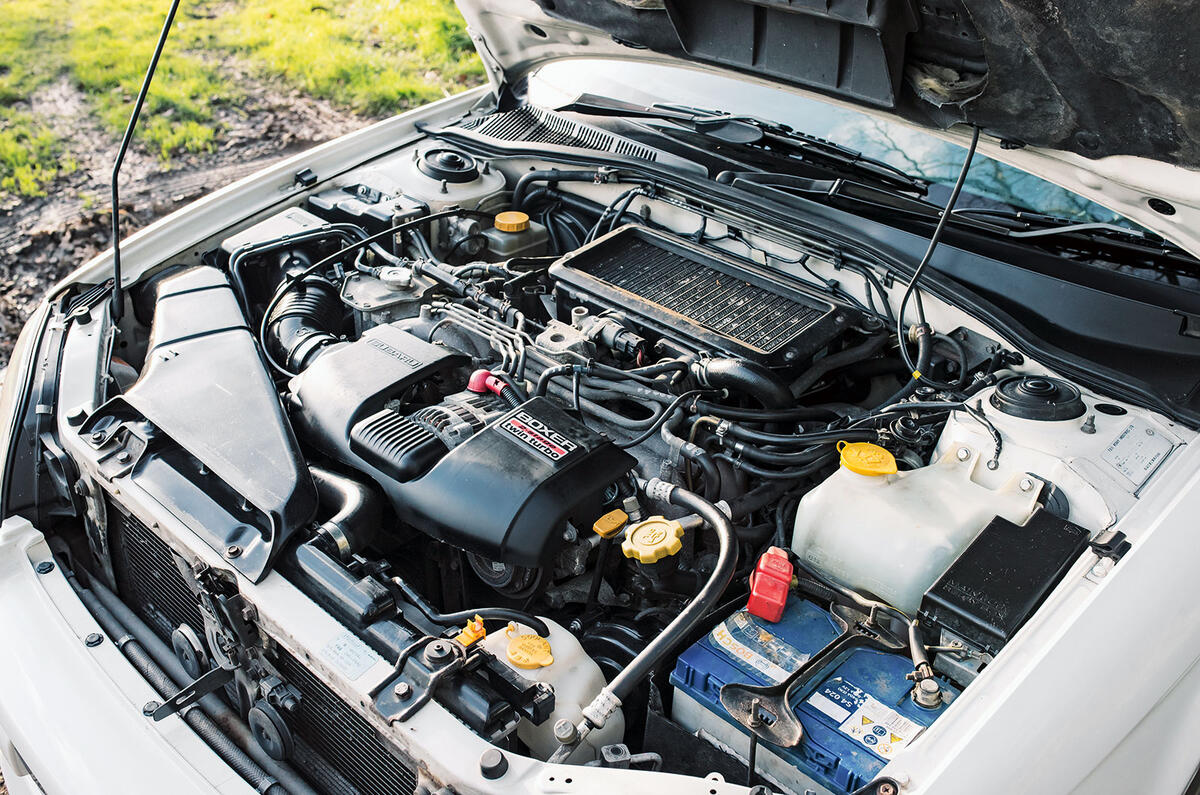
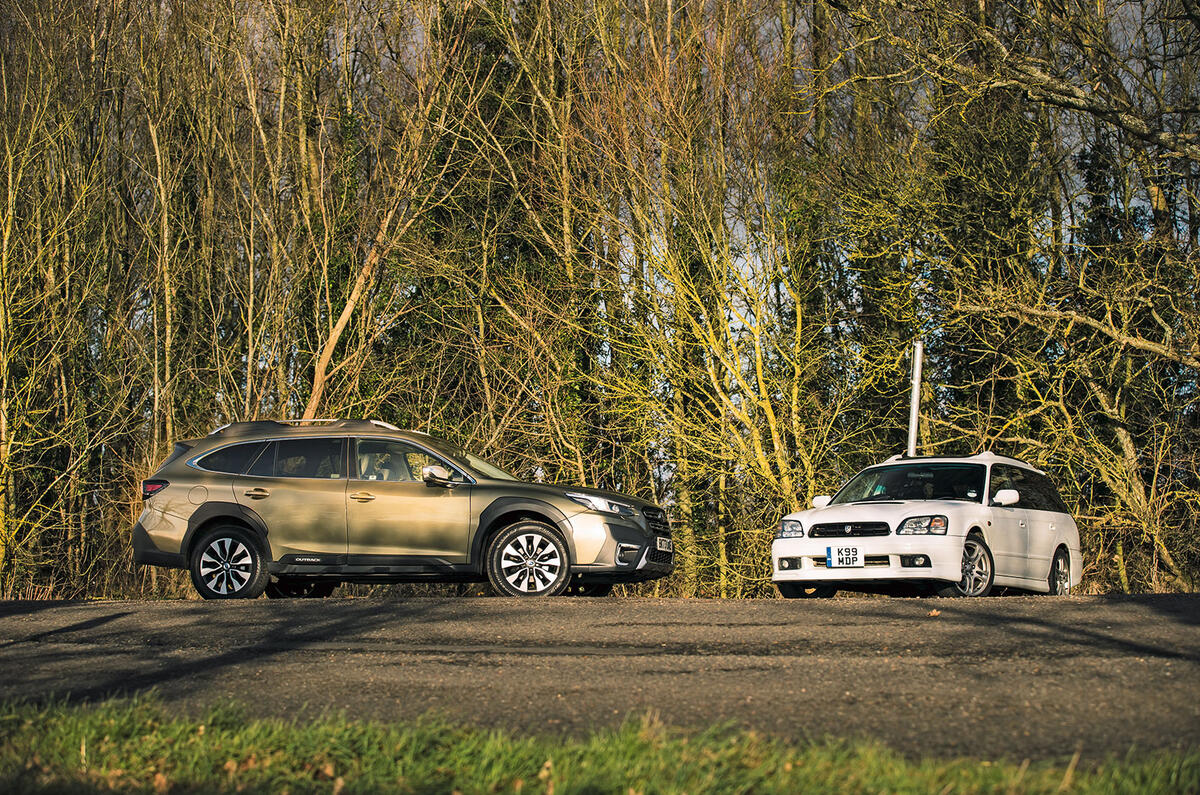
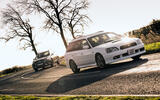

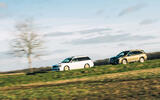
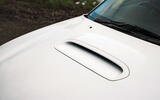
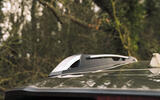
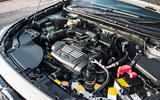
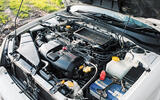
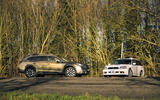

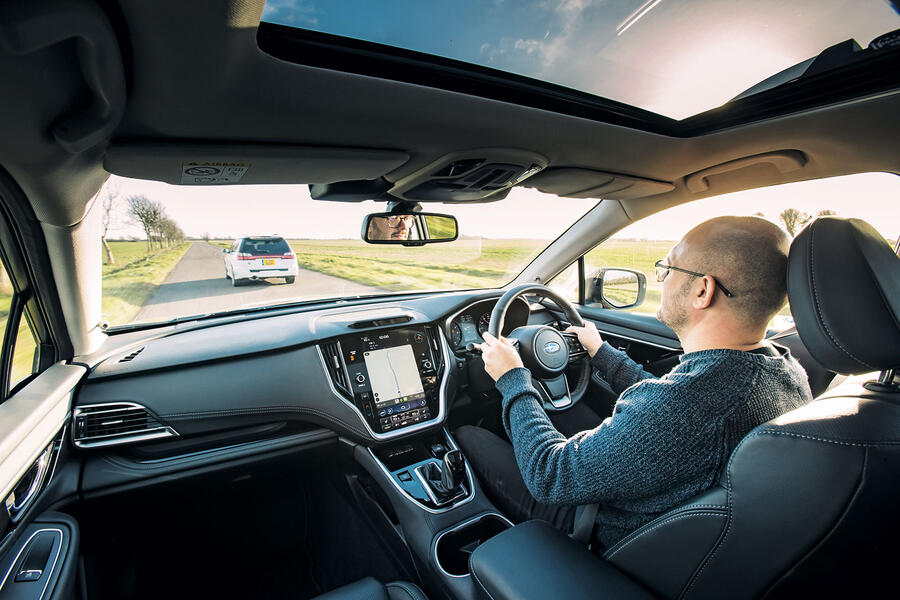
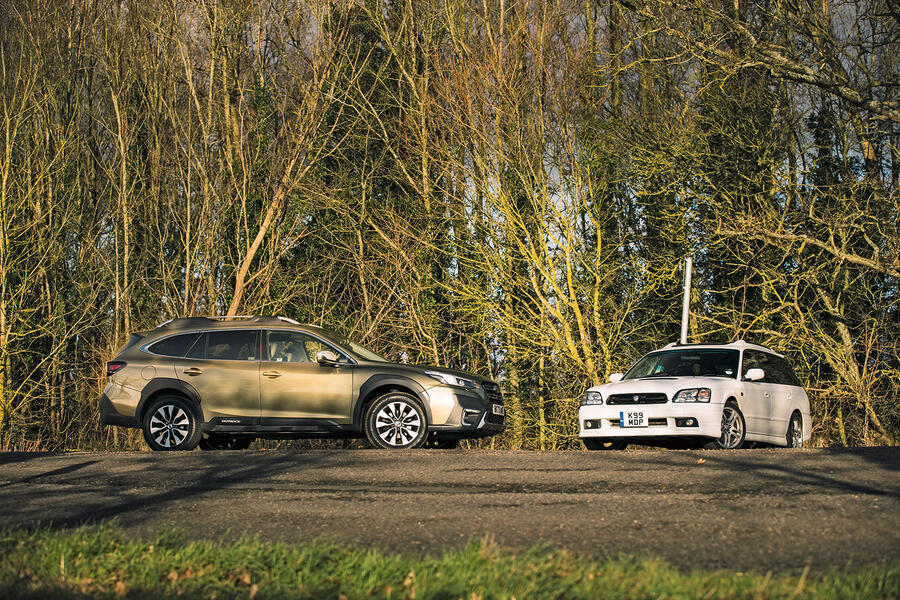


Join the debate
Add your comment
Sadly Subaru UK seemed determined to keep the best stuff away from us. For me the Legacy Gen4 was the pinnacle, and the STi S402 was the daddy. But of course we never even saw a turbo wagon here, just diesels and the R SpecB which was great but a different character.
The GTB is a great car, forged pistons rattling on start up, block a vacuum pipe to get more boost on the primary, so damn fast, later JDM twinscrolls are a great alrounder, parts are the same as many other Subies and easy to get via Import Car Parts, VED is cheap for the year compared to a UK car. Many friends have gone German and suffer all the issues, my 2006 JDM car has been trouble free since it was imported in 2017.
Which ones have you run to come to this opinion?
Never owned one for the reasons stated above, but been in plenty of Libertys and WRXs. They were cool in the 90s when I was a teenager but that was ever such a long time ago. Now they have all the drawbacks of an old car without any of the style or driving pleasure.